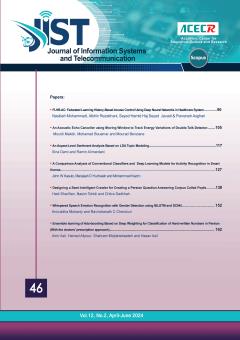The validation performance is obligatory to ensure the software reliability by determining the characteristics of an implemented software system. To ensure the reliability of software, not only detecting and solving occurred faults but also predicting the future fault i
More
The validation performance is obligatory to ensure the software reliability by determining the characteristics of an implemented software system. To ensure the reliability of software, not only detecting and solving occurred faults but also predicting the future fault is required. It is performed before any actual testing phase initiates. As a result, various works on software fault prediction have been done. In this paper presents, we present a software fault prediction model where different data transformation methods are applied with Poisson fault count data. For data pre-processing from Poisson data to Gaussian data, Box-Cox power transformation (Box-Cox_T), Yeo-Johnson power transformation (Yeo-Johnson_T), and Anscombe transformation (Anscombe_T) are used here. And then, to predict long-term software fault prediction, linear regression is applied. Linear regression shows the linear relationship between the dependent and independent variable correspondingly relative error and testing days. For synthesis analysis, three real software fault count datasets are used, where we compare the proposed approach with Naïve gauss, exponential smoothing time series forecasting model, and conventional method software reliability growth models (SRGMs) in terms of data transformation (With_T) and non-data transformation (Non_T). Our datasets contain days and cumulative software faults represented in (62, 133), (181, 225), and (114, 189) formats, respectively. Box-Cox power transformation with linear regression (L_Box-Cox_T) method, has outperformed all other methods with regard to average relative error from the short to long term.
Manuscript profile


